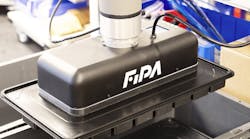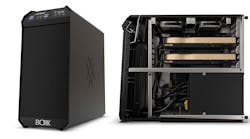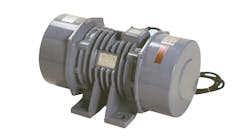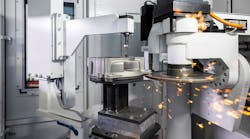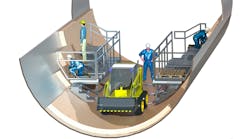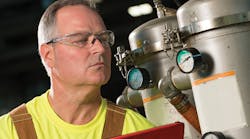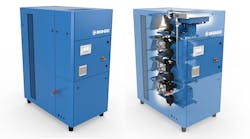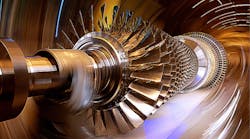MORGAN ADVANCED MATERIALS’ Certech injection-molded ceramics are specifically engineered for investment casting of airfoils and parts for industrial gas turbines: Morgan manufactures cores in a wide range of sizes and complex designs for equiax, single crystal, and directional solidification (DS) casting.
Critical airfoils required to withstand the high turbine-inlet temperature in modern gas turbine engines are investment cast in nickel and cobalt-based super alloys, with ceramic cores used to form the part's air-cooling passages. Morgan's ability to inject around quartz rods down to 0.020-inch (0.5 mm) in diameter has provided customers with the freedom to design features in the cooling passages that would otherwise be difficult to form.
Morgan has established the capacity and technology to support the increased production of industrial gas turbine generators to meet growing global power demand. The process offers short lead-time and meets high-volume production requirements. Cores can be supplied in a fully "wax prepared" condition, hollow for more uniform section of product, or with quartz for local strengthening and the formation of small exit features.
Further, technical engineers work closely with customers from design through prototyping and production for the aerospace and power generation industries, offering AS9100 quality and full traceability.
The company's offering includes ceramic cores produced using its specialty P-52 and newly developed P-57 and P-59 materials, which now allow the production of cores with extremely thin (<0.012 in.) dimensions without sacrificing stability. These "next generation cores" can be chemically dissolved after the casting has cooled, leaving the clean air passage replica needed in today's efficient turbine engines.
While dimensionally stable at high temperatures, these core materials also exhibit improved crushability during solidification. They remain rigid and stable through the casting process, but are crushable when required during the metal solidification process. This is particularly important for alloys that are prone to hot-tearing (in equiax castings and directionally solidified castings) and/or recrystallization (single crystal castings.)
Visit www.morganadvancedmaterials.com
